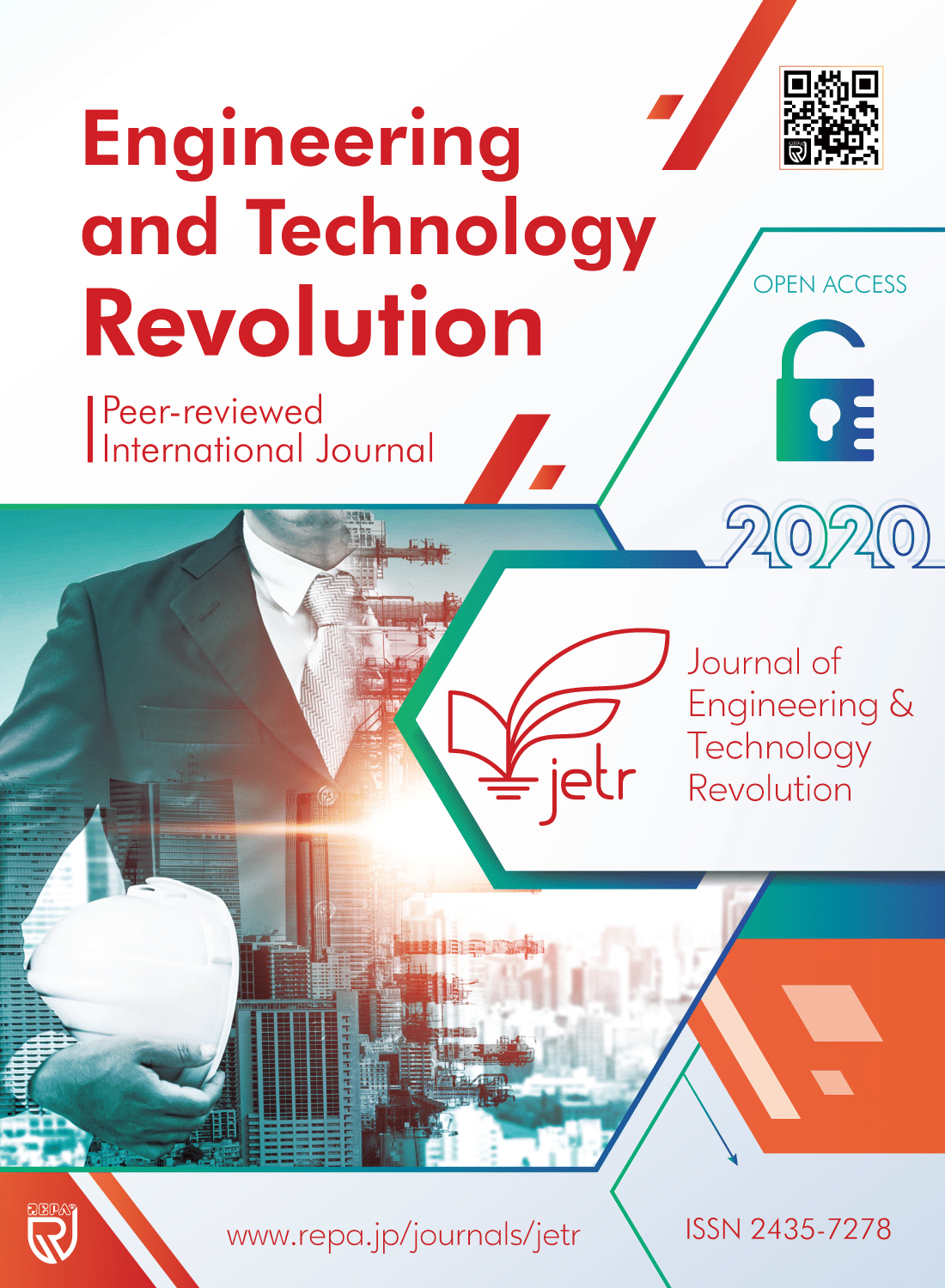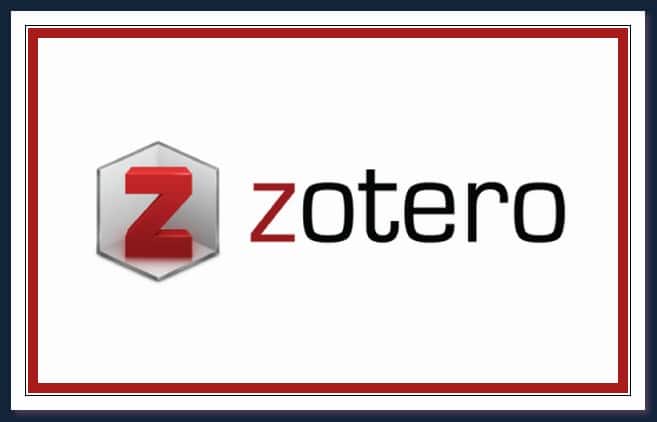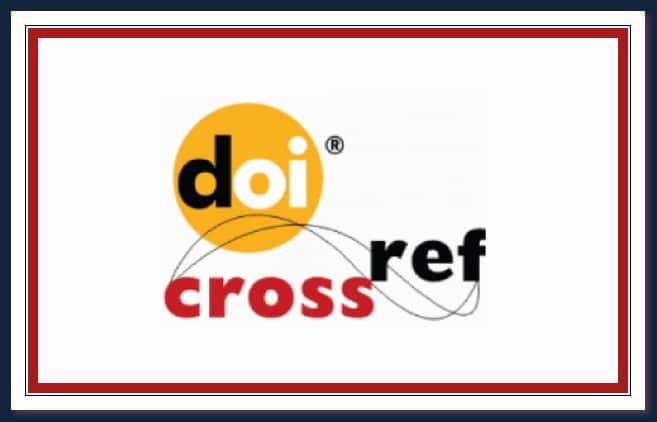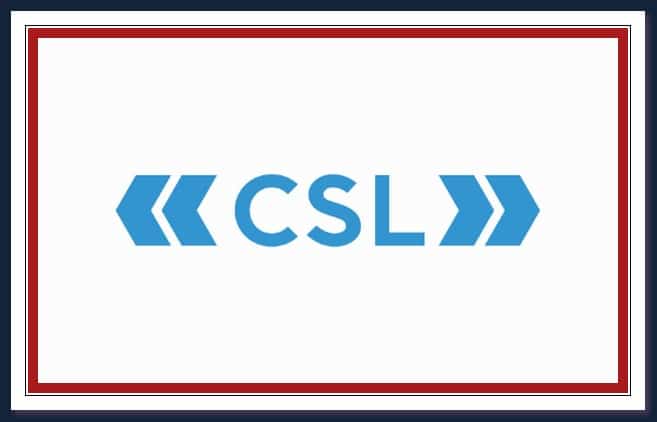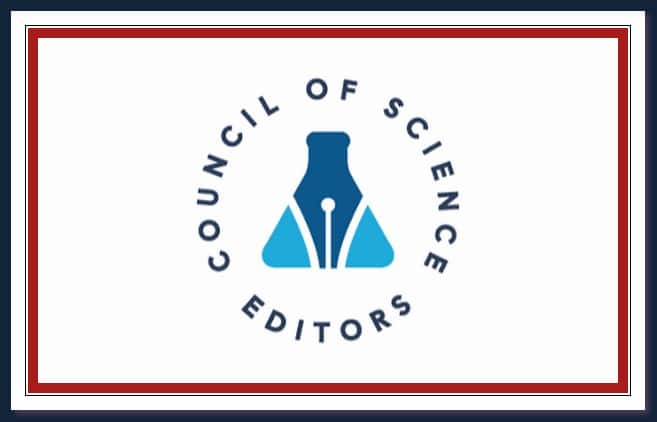David LO, Nwulu NI, Aigbavboa CO, Adepoju OO (2022) “Integrating fourth industrial revolution (4IR) technologies into the water, energy & food nexus for sustainable security: A bibliometric analysis” J Clean Prod (vol. 363, pp. 132522) https://doi.org/10.1016/j.jclepro.2022.132522
Carvalho N, Chaim O, Cazarini E, Gerolamo M (2018) “Manufacturing in the fourth industrial revolution: A positive prospect in Sustainable Manufacturing” Procedia Manuf (vol. 21, pp. 671–678) https://doi.org/10.1016/j.promfg.2018.02.170
Hedman J, Kalling T (2003) “The business model concept: theoretical underpinnings and empirical illustrations” Eur J Inf Syst (vol. 12, no. 1, pp. 49–59) https://doi.org/10.1057/palgrave.ejis.3000446
Täuscher K, Laudien SM (2018) “Understanding platform business models: A mixed methods study of marketplaces” Eur Manag J (vol. 36, no. 3, pp. 319–329) https://doi.org/10.1016/j.emj.2017.06.005
Geissdoerfer M, Pieroni MPP, Pigosso DCA, Soufani K (2020) “Circular business models: A review” J Clean Prod (vol. 277, pp. 123741) https://doi.org/10.1016/j.jclepro.2020.123741
Lüdeke-Freund F, Carroux S, Joyce A, Massa L, Breuer H (2018) “The sustainable business model pattern taxonomy - 45 patterns to support sustainability-oriented business model innovation” Sustain Prod Consum (vol. 15, pp. 145–162) https://doi.org/10.1016/j.spc.2018.06.004
Wiener M, Saunders C, Marabelli M (2020) “Big-data business models: A critical literature review and multiperspective research framework” J Inf Technol (vol. 35, no. 1, pp. 66–91) https://doi.org/10.1177/0268396219896811
Gregurec I, Tomičić Furjan M, Tomičić-Pupek K (2021) “The Impact of COVID-19 on Sustainable Business Models in SMEs” Sustainability (vol. 13, no. 3, pp. 1098) https://doi.org/10.3390/su13031098
Wiener M, Saunders C, Marabelli M (2019) “Big-Data Business Models: A Critical Literature Review and Multi-Perspective Research Framework” https://doi.org/10.2139/ssrn.3494870 (https://papers.ssrn.com/abstract=3494870) Accessed: 4 July 2022
Galvão GDA, Homrich AS, Geissdoerfer M, Evans S, Ferrer PS scoleze, et al. (2020) “Towards a value stream perspective of circular business models” Resour Conserv Recycl (vol. 162, pp. 105060) https://doi.org/10.1016/j.resconrec.2020.105060
Fehrer JA, Woratschek H, Brodie RJ (2018) “A systemic logic for platform business models” J Serv Manag (vol. 29, no. 4, pp. 546–568) https://doi.org/10.1108/JOSM-02-2017-0036
Luz Martín-Peña M, Díaz-Garrido E, Sánchez-López JM (2018) “The digitalization and servitization of manufacturing: A review on digital business models” Strateg Change (vol. 27, no. 2, pp. 91–99) https://doi.org/10.1002/jsc.2184
Frank AG, Mendes GHS, Ayala NF, Ghezzi A (2019) “Servitization and Industry 4.0 convergence in the digital transformation of product firms: A business model innovation perspective” Technol Forecast Soc Change (vol. 141, pp. 341–351) https://doi.org/10.1016/j.techfore.2019.01.014
Parida V, Sjödin D, Reim W (2019) “Reviewing Literature on Digitalization, Business Model Innovation, and Sustainable Industry: Past Achievements and Future Promises” Sustainability (vol. 11, no. 2, pp. 391) https://doi.org/10.3390/su11020391
Ghobakhloo M (2020) “Industry 4.0, digitization, and opportunities for sustainability” J Clean Prod (vol. 252, pp. 119869) https://doi.org/10.1016/j.jclepro.2019.119869
Ivanov D, Dolgui A, Sokolov B (2019) “The impact of digital technology and Industry 4.0 on the ripple effect and supply chain risk analytics” Int J Prod Res (vol. 57, no. 3, pp. 829–846) https://doi.org/10.1080/00207543.2018.1488086
Wang M, Wang CC, Sepasgozar S, Zlatanova S (2020) “A Systematic Review of Digital Technology Adoption in Off-Site Construction: Current Status and Future Direction towards Industry 4.0” Buildings (vol. 10, no. 11, pp. 204) https://doi.org/10.3390/buildings10110204
Kim J, Min J (2019) “Supplier, Tailor, and Facilitator: Typology of Platform Business Models” J Open Innov Technol Mark Complex (vol. 5, no. 3, pp. 57) https://doi.org/10.3390/joitmc5030057
Business Models for Sustainable Innovation in Industry 4.0: Smart Manufacturing Processes, Digitalization of Production Systems, and Data-driven Decision Making (2019) J Self-Gov Manag Econ (vol. 7, no. 3, pp. 21) https://doi.org/10.22381/JSME7320193
Weking J, Stöcker M, Kowalkiewicz M, Böhm M, Krcmar H (2018) “Archetypes for Industry 4.0 Business Model Innovations” Proceedings of the 24th Americas Conference on Information Systems (AMCIS) New Orleans, Louisiana, Association for Information Systems (AIS) - pp. 1–10.
Müller JM (2019) “Antecedents to Digital Platform Usage in Industry 4.0 by Established Manufacturers” Sustainability (vol. 11, no. 4, pp. 1121) https://doi.org/10.3390/su11041121
Kohtamäki M, Parida V, Oghazi P, Gebauer H, Baines T (2019) “Digital servitization business models in ecosystems: A theory of the firm” J Bus Res (vol. 104, pp. 380–392) https://doi.org/10.1016/j.jbusres.2019.06.027
Kraus S, Palmer C, Kailer N, Kallinger FL, Spitzer J (2018) “Digital entrepreneurship: A research agenda on new business models for the twenty-first century” Int J Entrep Behav Res (vol. 25, no. 2, pp. 353–375) https://doi.org/10.1108/IJEBR-06-2018-0425
Ruggieri R, Savastano M, Scalingi A, Bala D, D’Ascenzo F (2018) “The impact of Digital Platforms on Business Models: an empirical investigation on innovative start-ups” Manag Mark Chall Knowl Soc (vol. 13, no. 4, pp. 1210–1225) https://doi.org/10.2478/mmcks-2018-0032
Stallkamp M, Schotter APJ (2021) “Platforms without borders? The international strategies of digital platform firms” Glob Strategy J (vol. 11, no. 1, pp. 58–80) https://doi.org/10.1002/gsj.1336
Stoian CA, Tohanean D (2021) “Platform Business Models – A Case Study of the Technology Industry” J Econ Manag Sci (vol. 4, no. 1, pp. 18) https://doi.org/10.30560/jems.v4n1p18
Bigliardi B, Filippelli S (2021) “Investigating Circular Business Model Innovation through Keywords Analysis” Sustainability (vol. 13, no. 9, pp. 5036) https://doi.org/10.3390/su13095036
Zhao Y, von Delft S, Morgan-Thomas A, Buck T (2020) “The evolution of platform business models: Exploring competitive battles in the world of platforms” Long Range Plann (vol. 53, no. 4, pp. 101892) https://doi.org/10.1016/j.lrp.2019.101892
Xiao Y, Watson M (2019) “Guidance on Conducting a Systematic Literature Review” J Plan Educ Res (vol. 39, no. 1, pp. 93–112) https://doi.org/10.1177/0739456X17723971
Guggenberger T, Möller F, Boualouch K, Otto B (2020) “Towards a Unifying Understanding of Digital Business Models” PACIS 2020 Proc (https://aisel.aisnet.org/pacis2020/70)
Isabelle D, Westerlund M, Mane M, Leminen S (2020) “The Role of Analytics in Data-Driven Business Models of Multi-Sided Platforms: An exploration in the food industry” Technol Innov Manag Rev (vol. 10, no. 7, pp. 4–15) https://doi.org/10.22215/timreview/1371
Tashiro S, Choi S (2021) “Labor market outcomes under digital platform business models in the sharing economy: the case of the taxi services industry” Bus Econ (vol. 56, no. 4, pp. 240–251) https://doi.org/10.1057/s11369-021-00237-0
Fürstenau D, Klein S, Vogel A, Auschra C (2021) “Multi-sided platform and data-driven care research” Electron Mark (vol. 31, no. 4, pp. 811–828) https://doi.org/10.1007/s12525-021-00461-8
Hänninen M, Smedlund A, Mitronen L (2017) “Digitalization in retailing: multi-sided platforms as drivers of industry transformation” Balt J Manag (vol. 13, no. 2, pp. 152–168) https://doi.org/10.1108/BJM-04-2017-0109
Stölzle W, Häberle L (2021) “Digital Logistics Platforms—Initial Approaches to Market Segmentation in Light of Traditional and New Providers” In: Voigt K-I, M. Müller J - editors. Digital Business Models in Industrial Ecosystems: Lessons Learned from Industry 4.0 Across Europe Cham, Springer International Publishing - pp. 105–123. https://doi.org/10.1007/978-3-030-82003-9_7 (https://doi.org/10.1007/978-3-030-82003-9_7) Accessed: 4 July 2022
von Delft S, Zhao Y (2021) “Business models in process industries: Emerging trends and future research” Technovation (vol. 105, pp. 102195) https://doi.org/10.1016/j.technovation.2020.102195
Mishra S, Tripathi AR (2021) “AI business model: an integrative business approach” J Innov Entrep (vol. 10, no. 1, pp. 18) https://doi.org/10.1186/s13731-021-00157-5
Oncioiu I, Bîlcan FR, Stoica DA, Stanciu A (2019) “Digital Transformation of Managerial Accounting - Trends in the New Economic Environment” EIRP Proceedings Galați, Romania, Universitatea Danubius din Galati, vol. 14 - (https://proceedings.univ-danubius.ro/index.php/eirp/article/view/1919) Accessed: 4 July 2022
Enes G (2019) “Digital Platforms and European Union Law – Challenges from a Perspective of Multilevel Constitutionalism” (https://papers.ssrn.com/abstract=3427796) Accessed: 4 July 2022
Ibarra D, Ganzarain J, Igartua JI (2018) “Business model innovation through Industry 4.0: A review” Procedia Manuf (vol. 22, pp. 4–10) https://doi.org/10.1016/j.promfg.2018.03.002
Grabowska S, Gajdzik B, Saniuk S (2020) “The Role and Impact of Industry 4.0 on Business Models” In: Grzybowska K, Awasthi A, Sawhney R - editors. Sustainable Logistics and Production in Industry 4.0: New Opportunities and Challenges Cham, Springer International Publishing - pp. 31–49. https://doi.org/10.1007/978-3-030-33369-0_3 (https://doi.org/10.1007/978-3-030-33369-0_3) Accessed: 4 July 2022
Müller JM, Buliga O, Voigt K-I (2021) “The role of absorptive capacity and innovation strategy in the design of industry 4.0 business Models - A comparison between SMEs and large enterprises” Eur Manag J (vol. 39, no. 3, pp. 333–343) https://doi.org/10.1016/j.emj.2020.01.002
Sherwani F, Asad MM, Ibrahim BSKK (2020) “Collaborative Robots and Industrial Revolution 4.0 (IR 4.0)” 2020 International Conference on Emerging Trends in Smart Technologies (ICETST) Karachi, Pakistan, IEEE - pp. 1–5. https://doi.org/10.1109/ICETST49965.2020.9080724
Weking J, Stöcker M, Kowalkiewicz M, Böhm M, Krcmar H (2020) “Leveraging industry 4.0 – A business model pattern framework” Int J Prod Econ (vol. 225, pp. 107588) https://doi.org/10.1016/j.ijpe.2019.107588
Strazzullo S, Cricelli L, Grimaldi M, Ferruzzi G (2022) “Connecting the Path Between Open Innovation and Industry 4.0: A Review of the Literature” IEEE Trans Eng Manag (pp. 1–13) https://doi.org/10.1109/TEM.2021.3139457
Santos C, Mehrsai A, Barros AC, Araújo M, Ares E (2017) “Towards Industry 4.0: an overview of European strategic roadmaps” Procedia Manuf (vol. 13, pp. 972–979) https://doi.org/10.1016/j.promfg.2017.09.093
Chowdhury S, Haftor D, Pashkevich N (2018) “Smart Product-Service Systems (Smart PSS) in Industrial Firms: A Literature Review” Procedia CIRP (vol. 73, pp. 26–31) https://doi.org/10.1016/j.procir.2018.03.333
Leminen S, Rajahonka M, Wendelin R, Westerlund M (2020) “Industrial internet of things business models in the machine-to-machine context” Ind Mark Manag (vol. 84, pp. 298–311) https://doi.org/10.1016/j.indmarman.2019.08.008
Klingenberg CO, Borges MAV, Antunes Jr JAV (2019) “Industry 4.0 as a data-driven paradigm: a systematic literature review on technologies” J Manuf Technol Manag (vol. 32, no. 3, pp. 570–592) https://doi.org/10.1108/JMTM-09-2018-0325
Bigliardi B, Bottani E, Casella G (2020) “Enabling technologies, application areas and impact of industry 4.0: a bibliographic analysis” Procedia Manuf (vol. 42, pp. 322–326) https://doi.org/10.1016/j.promfg.2020.02.086
Chen G, Wang P, Feng B, Li Y, Liu D (2020) “The framework design of smart factory in discrete manufacturing industry based on cyber-physical system” Int J Comput Integr Manuf (vol. 33, no. 1, pp. 79–101) https://doi.org/10.1080/0951192X.2019.1699254
Leminen S, Rajahonka M, Westerlund M, Wendelin R (2018) “The future of the Internet of Things: toward heterarchical ecosystems and service business models” J Bus Ind Mark (vol. 33, no. 6, pp. 749–767) https://doi.org/10.1108/JBIM-10-2015-0206
Cloud Computing for Education: A Systematic Mapping Study (n.d.) (https://ieeexplore.ieee.org/document/8283623) Accessed: 4 July 2022
Johnson K, Pasquale F, Chapman J (2019) “Artificial Intelligence, Machine Learning, and Bias in Finance: Toward Responsible Innovation” Fordham Law Rev (vol. 88, no. 2, pp. 499)
Verhoef PC, Broekhuizen T, Bart Y, Bhattacharya A, Qi Dong J, et al. (2021) “Digital transformation: A multidisciplinary reflection and research agenda” J Bus Res (vol. 122, pp. 889–901) https://doi.org/10.1016/j.jbusres.2019.09.022
Bican PM, Brem A (2020) “Digital Business Model, Digital Transformation, Digital Entrepreneurship: Is There A Sustainable ‘Digital’?” Sustainability (vol. 12, no. 13, pp. 5239) https://doi.org/10.3390/su12135239
Drechsler K, Gregory R, Wagner H-T, Tumbas S (2020) “At the Crossroads between Digital Innovation and Digital Transformation” Commun Assoc Inf Syst (vol. 47, no. 1, ) https://doi.org/10.17705/1CAIS.04723 (https://aisel.aisnet.org/cais/vol47/iss1/23)
Sjödin D, Parida V, Jovanovic M, Visnjic I (2020) “Value Creation and Value Capture Alignment in Business Model Innovation: A Process View on Outcome-Based Business Models” J Prod Innov Manag (vol. 37, no. 2, pp. 158–183) https://doi.org/10.1111/jpim.12516
Allweins MM, Proesch M, Ladd T (2020) “The Platform Canvas—Conceptualization of a Design Framework for Multi-Sided Platform Businesses:” Entrep Educ Pedagogy https://doi.org/10.1177/2515127420959051 (https://journals.sagepub.com/doi/10.1177/2515127420959051) Accessed: 4 July 2022
Sorri K, Seppänen M, Still K, Valkokari K (2019) “Business Model Innovation with Platform Canvas” J Bus Models (vol. 7, no. 2, pp. 1–13) https://doi.org/10.5278/ojs.jbm.v7i2.1966
Kaur P, Dhir A, Talwar S, Ghuman K (2021) “The value proposition of food delivery apps from the perspective of theory of consumption value” Int J Contemp Hosp Manag (vol. 33, no. 4, pp. 1129–1159) https://doi.org/10.1108/IJCHM-05-2020-0477
Bouncken RB, Kraus S, Roig-Tierno N (2021) “Knowledge- and innovation-based business models for future growth: digitalized business models and portfolio considerations” Rev Manag Sci (vol. 15, no. 1, pp. 1–14) https://doi.org/10.1007/s11846-019-00366-z
Page MJ, McKenzie JE, Bossuyt PM, Boutron I, Hoffmann TC, et al. (2021) “The PRISMA 2020 statement: an updated guideline for reporting systematic reviews” BMJ (vol. 372, pp. n71) https://doi.org/10.1136/bmj.n71
Görög G (2018) “The Definitions of Sharing Economy: A Systematic Literature Review” Management (pp. 175–189) https://doi.org/10.26493/1854-4231.13.175-189
Scavarda A, Daú G, Felipe Scavarda L, Duarte Azevedo B, Luis Korzenowski A (2020) “Social and ecological approaches in urban interfaces: A sharing economy management framework” Sci Total Environ (vol. 713, pp. 134407) https://doi.org/10.1016/j.scitotenv.2019.134407
Ciriello R, Richter A, Schwabe G (2018) “Digital Innovation” Bus Inf Syst Eng (vol. 60, no. 6, pp. 563–569)
Caruso L (2018) “Digital innovation and the fourth industrial revolution: epochal social changes?” AI Soc (vol. 33, no. 3, pp. 379–392) https://doi.org/10.1007/s00146-017-0736-1
Asadullah A, Faik I, Kankanhalli A (2018) “Digital Platforms: A Review and Future Directions” Proceedings of the 22nd Pacific Asia Conference on Information Systems (PACIS 2018) Yokohama, Japan - pp. 248. (https://aisel.aisnet.org/pacis2018/248)
Hein A, Schreieck M, Riasanow T, Setzke DS, Wiesche M, et al. (2020) “Digital platform ecosystems” Electron Mark (vol. 30, no. 1, pp. 87–98) https://doi.org/10.1007/s12525-019-00377-4
Hoofnagle CJ, van der Sloot B, Borgesius FZ (2019) “The European Union general data protection regulation: what it is and what it means” Inf Commun Technol Law (vol. 28, no. 1, pp. 65–98) doi.org/10.1080/13600834.2019.1573501

